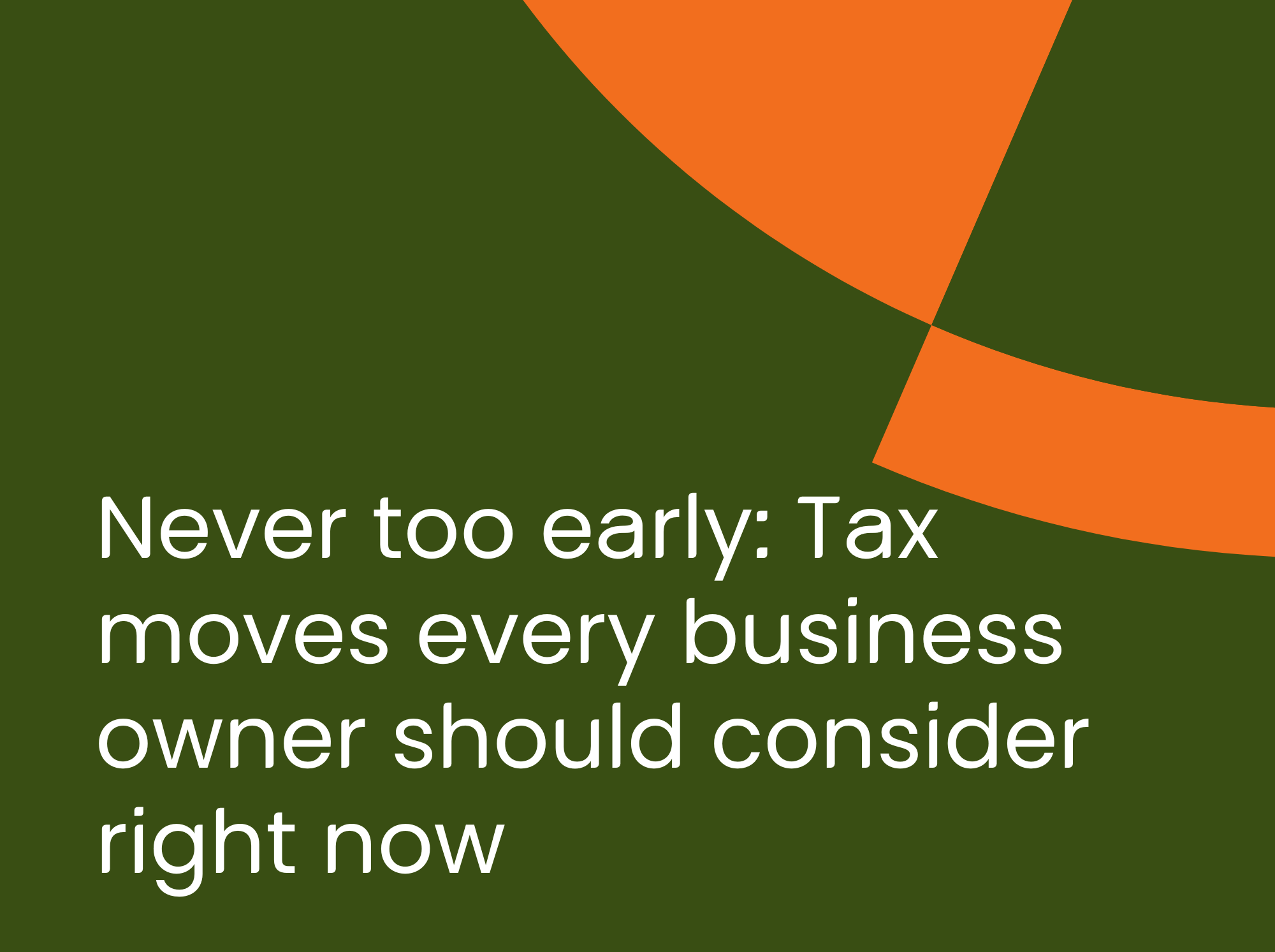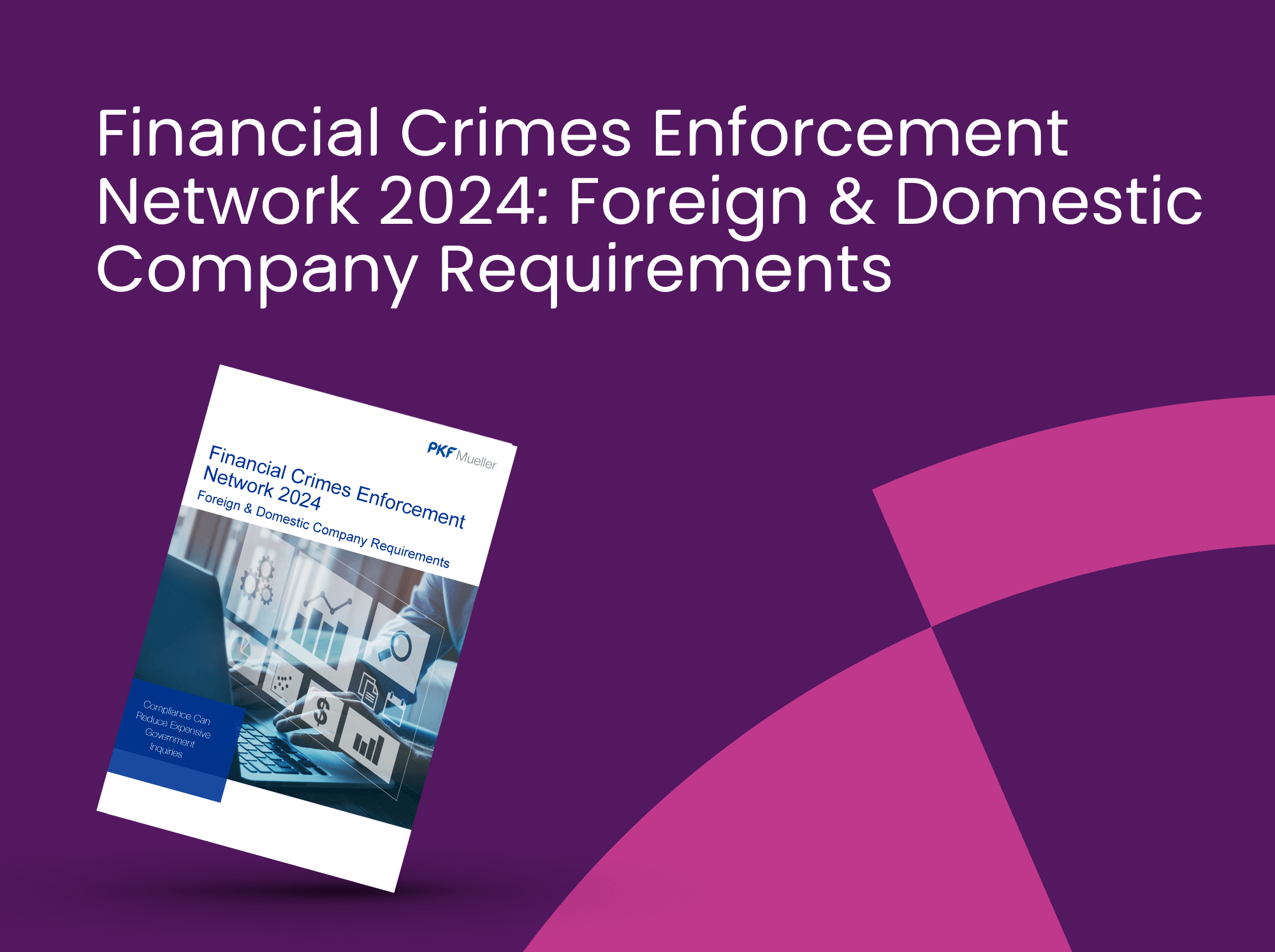South Dakota v. Wayfair Multi-state Implications for Businesses
The U.S. Supreme Court recently issued its anticipated decision in South Dakota v. Wayfair. The Court overruled the long-standing “physical presence” nexus standard espoused in Quill v. North Dakota.
The court emphasized the 1977 Complete Auto Transit decision as providing proper guidance to a more modern economy concerning the Commerce Clause nexus considerations. Complete Auto espoused the following four pronged test:
- Applied to an activity having substantial nexus with the taxing state,
- Is fairly apportioned,
- Does not discriminate against interstate commerce, and
- Is fairly related to the services the state provides
The Court stated that physical presence nexus standard was flawed and erroneous, and was not necessary to create substantial nexus, Physical presence also created market-place distortion (favoring out-of-state similarly situated companies over in-state companies), encouraged tax shelter activities by taxpayers, and essentially ignored the effects of today’s modern economy (the existence of substantial virtual markets facilitated by the internet and other means).
Many commentators believed Quill was suspect to attack because of the proliferation of internet sales and remote seller’s ability to avail themselves of state markets without making a physical investment or presence in the state, e.g. actual stores. In-state retail sellers must charge sales taxes, whereas internet sellers did not, unless they established a physical in-state presence, e.g. fulfillment warehouse or sales personnel soliciting customer sales orders.
Many astute taxpayers were able to plan around the physical presence nexus.
The South Dakota law was enacted to essentially level the tax playing field between remote retail sellers and in-state brick and mortar retailers by collecting tax from remote sellers provided they satisfied a designated substantial in-state economic nexus customer sales presence.
The Court upheld a South Dakota law that required out-of-state sellers to collect and remit sales tax delivered more than $100,000 of goods or services into the State or engaged in 200 or more separate transactions for the delivery of goods or services into the State.
As explained by the Court, the South Dakota law also foreclosed the retroactive application of the requirement and provided for the law to be stayed until the constitutionality of the law was clearly established. The case was remanded to explore that issue further. Many states have recently enacted similar Wayfair economic nexus laws, pending the outcome of the Supreme Court’s decision before becoming operative.
Given the Wayfair decision, many other states are expected to enact similar economic nexus statues in order to generate additional use tax revenues from remote sellers situated outside their borders that were previously protected by Quill.
The economic nexus concept “economic nexus” does not require an “in-state physical presence”. Once economic nexus is found to exist (purposely availing the state market-place via sufficient customer sales), the remote seller is then obligated to register and collect state use taxes. Be advised that economic nexus doesn’t just apply to “classic” internet retailers, but to all remote sellers, including those who obtain business from referrals, or other sources, e.g., media advertising, publication advertising, catalog selling, etc.
The Wayfair decision will undoubtedly affect many unsuspecting small and mid-sized remote sellers that make sales into state tax jurisdictions that have enacted or will enact similar economic nexus laws. The South Dakota sales and transaction thresholds are quite low, so many remote sellers will be subject to new tax collection and compliance responsibilities.
Taxpayers should monitor sales levels into states exceeding $100,000, followed by a review of state legislative activity, e.g., the recent enactment of economic nexus laws dependent on the Wayfair decision. Each state’s economic nexus laws will have its own nuances, effective application dates, and sales transaction nexus calculation methodologies.
It is also anticipated that many other states will enact new economic nexus laws based on the Wayfair decision.
An examination of the new Illinois economic nexus law is set forth below.
New Illinois Wayfair Economic Nexus Law
In anticipation of the Supreme Court’s decision in Wayfair, the Illinois General Assembly amended the Illinois Use Tax and the Service Use Tax to include language that substantially reflected the South Dakota economic nexus standard addressed in Wayfair.
It provided that beginning October 1, 2018, a remote seller making sales of tangible personal property to Illinois purchasers from outside of Illinois would fall within the revised definition of “retailer maintaining a place of business in this State” and would be required to charge Illinois Use Tax (or service use tax) to its customers if: “(A) the cumulative gross receipts from sales of tangible personal property to its Illinois purchasers amounted to $100,000 or more, or (B) the remote seller entered into 200 or more separate transactions for the sale of tangible personal property to purchasers in Illinois.”
Furthermore, the law requires the remote seller to determine on a quarterly basis whether the criteria of either of the foregoing tests for the preceding 12-month period would result in “Use” tax nexus. The quarters are based on the last day of March, June, September, and December. These can be referred to as “Test Quarters”. If either test (sales or transactions) is satisfied for a Test Quarter 12-month look-back period, the remote seller would be required to collect and remit the tax imposed under the Act and file returns for a subsequent one year filing period commencing with the first “qualified” Test Quarter.
At the end of a one-year filing period, the remote seller would then determine whether it continued to meet either test based on sales information gathered from the completed one year filing period. This would essentially constitute a “true up” of the remote seller’s Illinois sales activities.
If either test was satisfied as determined during the true up calculation, the remote seller would continue filing returns and charging and remitting tax for another one year filing period.
If the remote seller didn’t meet either test for the one year filing period, the remote seller would not be required to continue to file returns and charge and remit tax, but would be required to make continuing quarterly remote sale calculations.
The Wayfair decision doesn’t bring complete tax parity in Illinois between remote sellers and bricks and mortar sellers because of the manner in which Illinois law deals with locally-imposed sales taxes. Locally-imposed sales taxes are, with certain exceptions, are retailers’ occupation taxes. Those taxes are required to be charged and collected by Illinois retailers. There are no corresponding locally-imposed use taxes as demonstrated by the following example.
After the Wayfair decision, qualified remote sellers will be required to charge and collect the 6.25% Illinois Use Tax on sales made to its Illinois customers. If, as a resident of Elgin, you decide to buy a dining room set from a remote seller, you will pay 6.25% tax. If you buy the same dining room set from a local Elgin retailer you will pay 8.25%.
Another, and related, issue involves the current Illinois statutory system for distributing a portion of sales tax revenues to local governments. Locally-imposed retailers’ occupation taxes (ROT) go directly to the local jurisdiction imposing the tax. In addition, 1.25% of the 6.25% Illinois Use Tax is distributed to local governments, but this tax is distributed on the basis of population. Some local governments may expect an influx of sales tax dollars from the new economic nexus legislation and there will be consternation when that doesn’t materialize.
The General Assembly estimated $150 million in new revenues from this new source which resulted in its swift recent passage.
It is recommended that remote sellers for the 12 month “look-back” period commencing with the Test Quarter ending 9/30/2018 quantify their sales volumes pursuant to the new Illinois economic nexus law. This should also be done for subsequent Test Quarter’s ended 12/31/2018, 3/31/2019, and 6/30/2019. The Department has not issued any specific quarterly measurement guidance, but an early examination of the new economic nexus quantification calculations is recommended until Regulations have been issued.
I would hope for a more simplified nexus calculation methodology approach to this issue. I can also see new enforcement challenges facing the Department audit examination section.
Stay tuned for new developments.
For more information, please contact:
Raymond Klosowski
Tax Manager
(708) 745-3523
rklosowski@muellercpa.com
or
Artur Krawczyk
Tax Supervisor
(847) 783-1912
akrawczyk@muellercpa.com



